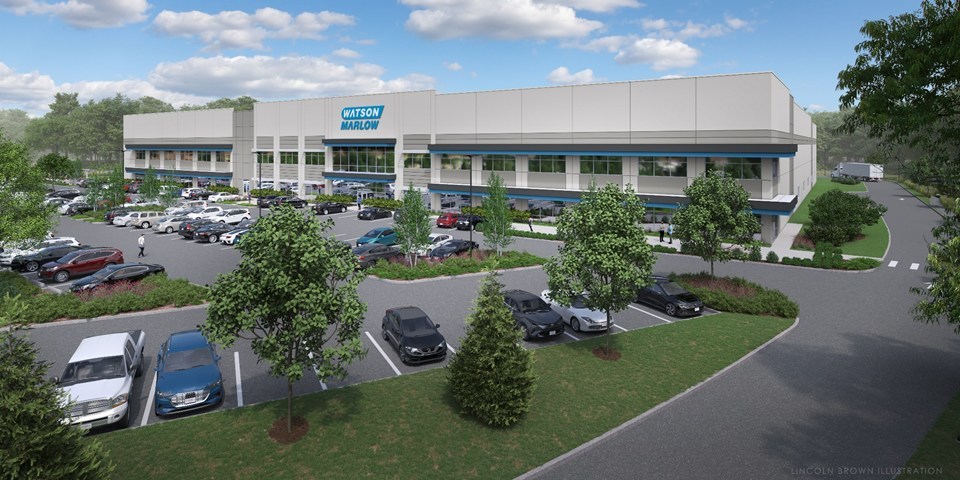
by Watson-Marlow Fluid Technology Group
Watson-Marlow is pleased to announce that construction will start in October 2021, on a new state-of-the-art manufacturing facility in the United States, with first production due in late 2022.
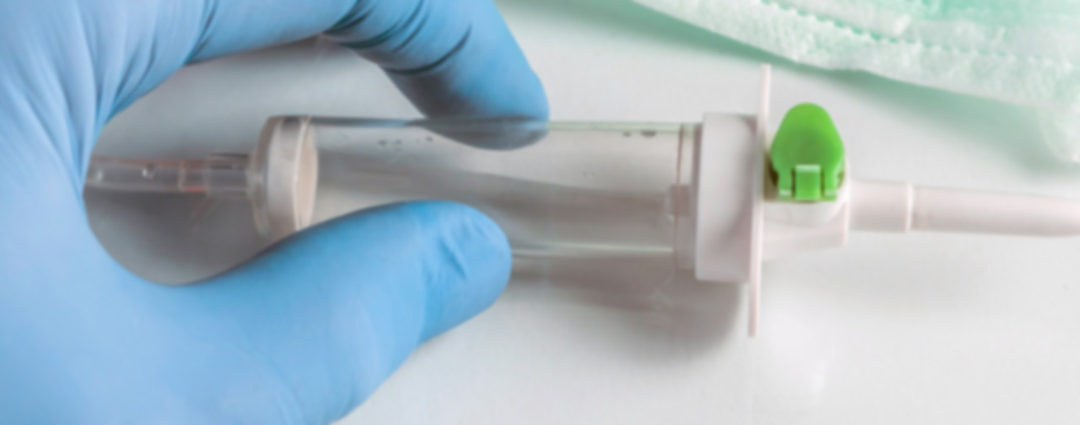
by Sterigenics
Nelson Labs and Sterigenics Germany GmbH, announced today the opening of a newly expanded, center of excellence for microbiological laboratory testing as well as increased sterilization capacity in their Wiesbaden, Germany facilities. This expansion will address the significantly increased demand for these services by the medical device and pharmaceutical industries.
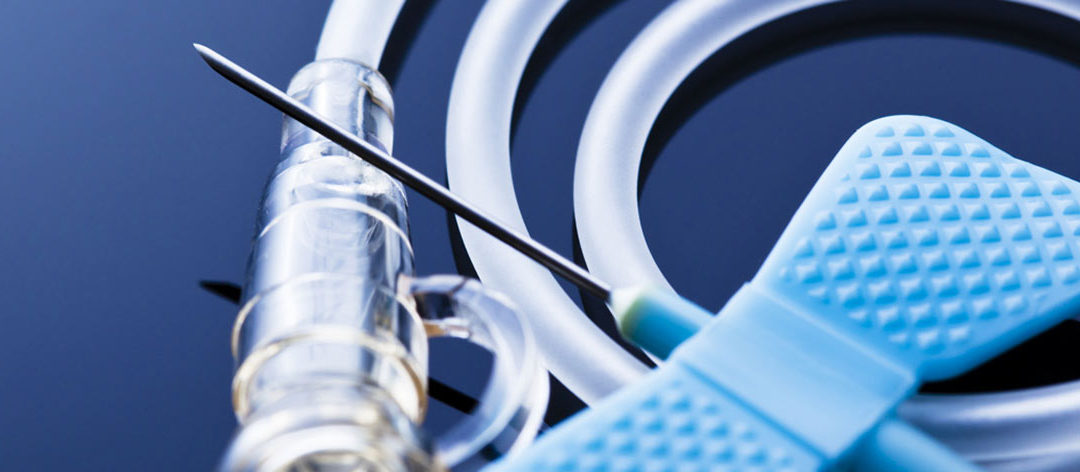
by Ampersand Capital Partners
Precision Coating, a leading medical coatings service provider to interventional, orthopedic, and advanced surgical markets, is pleased to announce a merger with N2 Biomedical, a Bedford, MA-based company.
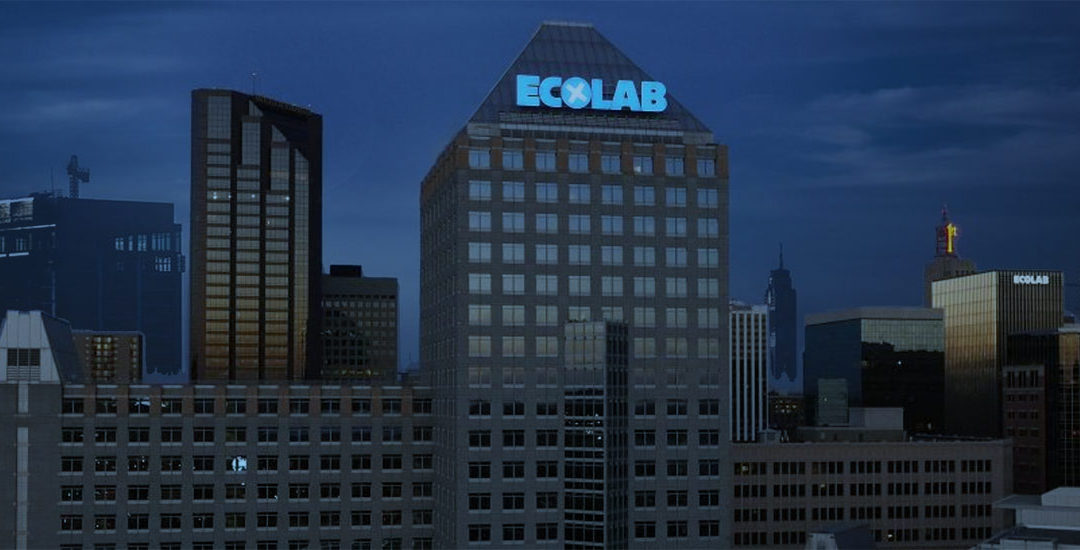
by Ecolab
Ecolab Inc., the global leader in water, hygiene and infection prevention solutions and services, is opening the Ecolab Healthcare Advanced Design Center in Eagan, Minn.
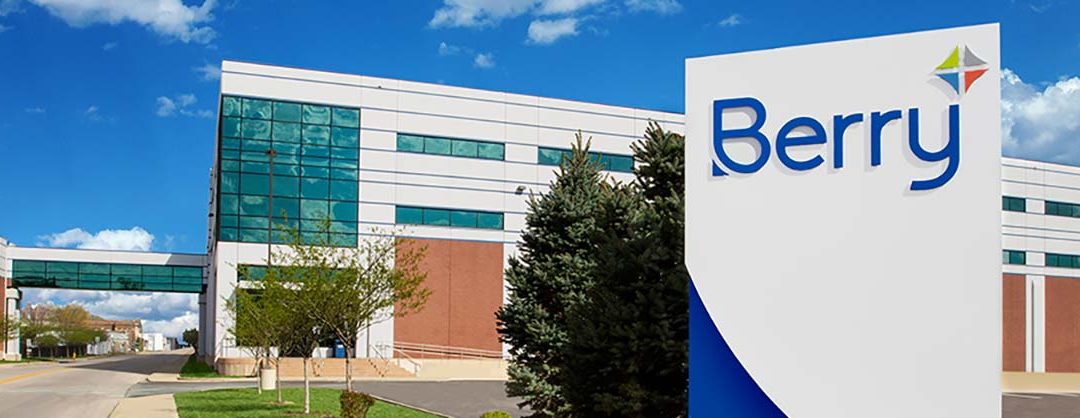
by Berry Global Group, Inc.
The ISO 7 class clean room can produce nine-layer blown film. The new installation fully encloses commercial-scale production of Berry’s proprietary nine-layer blown film from extrusion to packaging, a first in the United States. The addition further enhances Berry’s ability to supply more sensitive applications such as sterile intravenous solution bags, pharmaceutical packaging, medical equipment manufacturing, and microchip packaging.
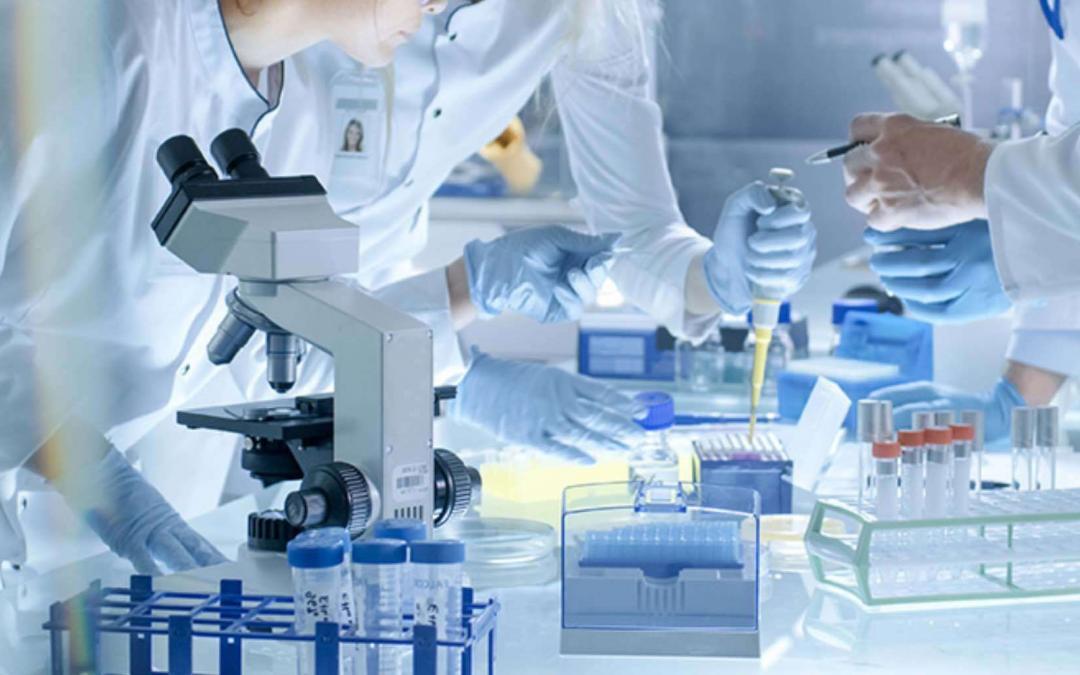
by Sorrel Medical
Sorrel Medical, a developer and manufacturer of wearable drug delivery devices, today announced the opening of a new manufacturing facility with state-of-the-art cleanroom facilities to accommodate manufacturing scalability of its wearable drug delivery devices.
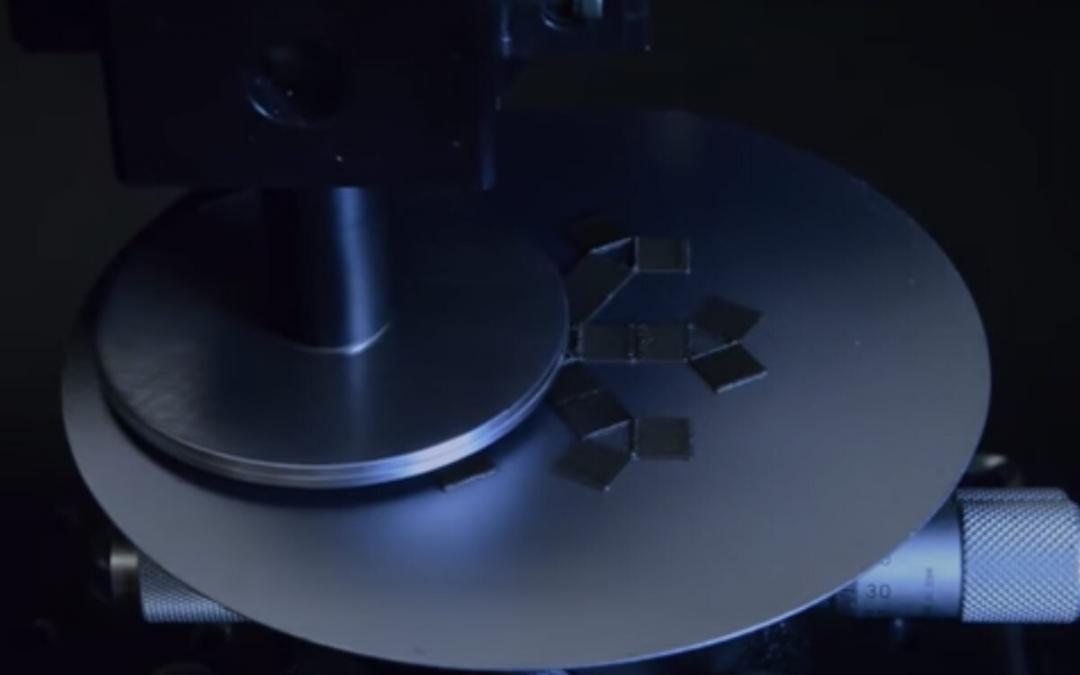
by Jennifer Chu | MIT News Office
MIT engineers have created soft, 3D-printed structures whose movements can be controlled with a wave of a magnet, much like marionettes without the strings. The menagerie of structures that can be magnetically manipulated includes a smooth ring that wrinkles up, a long tube that squeezes shut, a sheet that folds itself, and a spider-like “grabber” that can crawl, roll, jump, and snap together fast enough to catch a passing ball.
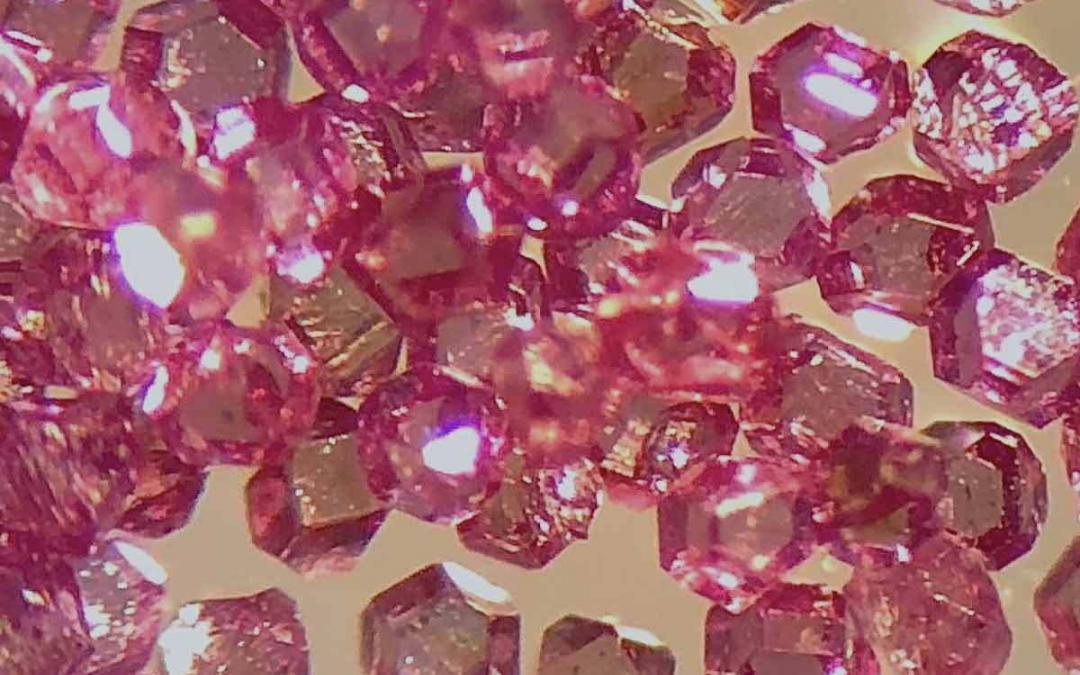
by Glenn Roberts Jr., Berkeley Lab
Team led by Berkeley Lab and UC Berkeley researchers exploits tiny defects in diamonds to pave the way for enhanced biological imaging and drug studies. An international team led by scientists at the Department of Energy’s Lawrence Berkeley National Laboratory (Berkeley Lab) and UC Berkeley discovered how to exploit defects in nanoscale and microscale diamonds to strongly enhance the sensitivity of magnetic resonance imaging (MRI) and nuclear magnetic resonance (NMR) systems while eliminating the need for their costly and bulky superconducting magnets.

by International Organization for Standardization
he medical devices industry is one of the most highly regulated sectors in the world. Significant quality systems and product requirements must be satisfied to ensure the medical devices produced are fit for their intended purpose.









